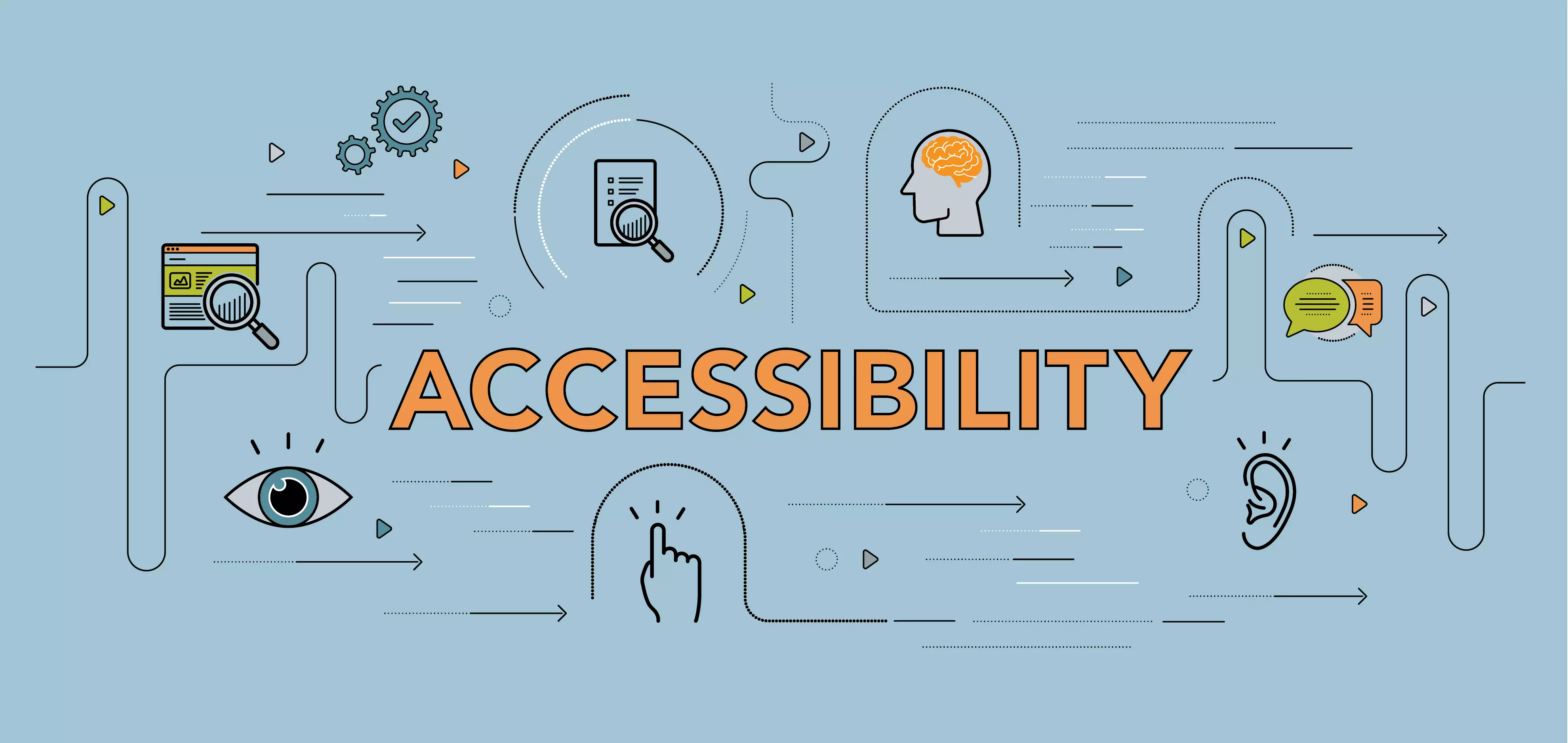Type “website accessibility” in any internet search bar and you’ll be presented with a stream of companies offering automated web accessibility audits and quick-fix solutions to accessibility challenges. But clicker beware: When it comes to website accessibility, there are no shortcuts.

Before you run any automated accessibility audits or subscribe to any quick-fix solutions, here are three key things you need to understand about website accessibility.
- You shouldn’t fear accessibility. Over the past few years, website accessibility has been sold based on fear. Namely, the fear of being sued if your company isn’t compliant or fear of penalization from search engines. The truth is, you should embrace the concept of accessibility because it can make your site more usable, and isn’t creating a usable site a veritable goal? You want as many people, both internal and external, as possible to be able to use your website(s) – right?
- Automated audits cannot stand-alone. Automated accessibility testing is a good place to start. There are a lot of platforms and technologies available that can help developers find and fix website accessibility issues that are not visible to the average user but can greatly impact users with different disabilities. Unfortunately, according to the University of California at San Francisco, only about 25% of accessibility best practices can be caught by automated accessibility testing tools because many of the criteria detailed in WCAG are either too subjective or too complex for automation to handle.
As a result, a better audit also includes a manual audit by people who have a good working knowledge of WCAG criteria and industry standards to fill in the context. And an even better audit includes usability tests – users conducting a series of tasks on a website in order to identify key usability and accessibility issues – with people of varying abilities. - Say no to overlays. There's an adage that goes, “if it seems too good to be true, it probably is.” And in the case of accessibility overlays, it holds. Accessibility overlays promise to make your site accessible, but they have multiple limitations and, most often, end up hurting your site more in the long run.
There are many types of code and content that overlays cannot make compliant, nor can they make video or audio content accessible. They also cannot effectively fix problems with images, forms or content embedded from other sources, not to mention fix issues preventing keyboard navigation. In a nutshell, they leave a lot to be desired. Making a truly accessible website means incorporating it in from the start with inclusive thinking. But if you aren't ready to rebuild your entire site from the ground up there are easy things you can do to get started.
What accessibility challenges is your website facing? We are happy to talk with you about best practices and the steps you might need to take for an inclusive website. Let's talk!